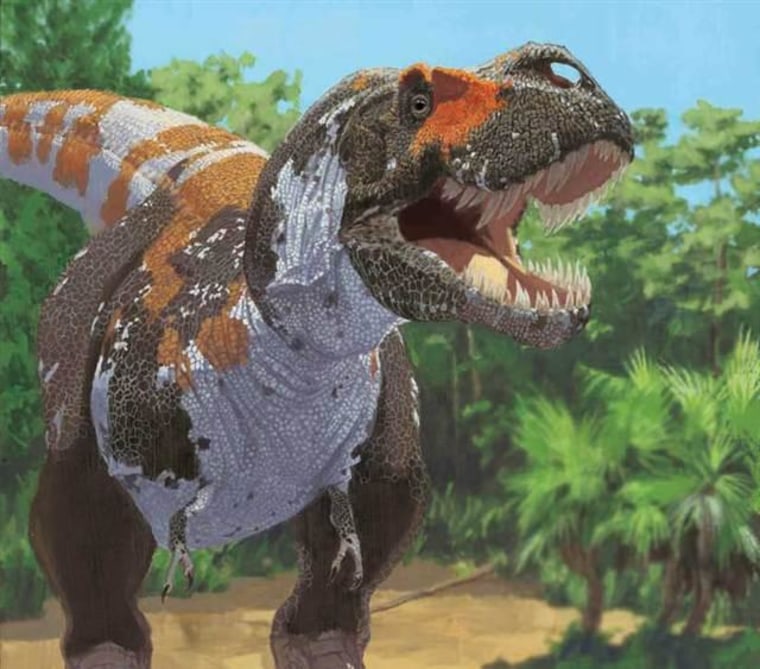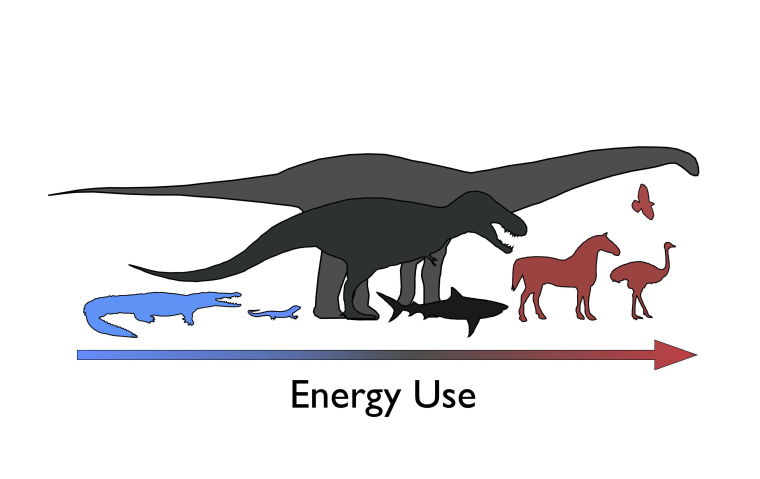WASHINGTON — The hot question of whether dinosaurs were warm-blooded like birds and mammals — or cold-blooded like reptiles, fish and amphibians — finally has a good answer.
Dinosaurs were somewhere in between.
The creatures have been extinct for 65 million years, but scientists evaluated the metabolism of numerous dinosaurs using a formula based on their body mass, as revealed by the bulk of their thigh bones. The researchers also estimated their growth rates as reflected by the rings seen in fossilized bones, a method that's akin to studying growth rings in trees.
Sign up for Science news delivered to your inbox

The study, published in Friday's issue of the journal Science, assessed 21 species of dinosaurs, including the predators Tyrannosaurus and Allosaurus, the long-necked Apatosaurus, the duck-billed Tenontosaurus and the birdlike Troodon as well as a range of mammals, birds, bony fish, sharks, lizards, snakes and crocodiles.
"Our results showed that dinosaurs had growth and metabolic rates that were actually not characteristic of warm-blooded or even cold-blooded organisms. They did not act like mammals or birds, nor did they act like reptiles or fish," said University of Arizona evolutionary biologist and ecologist Brian Enquist.
"Instead, they had growth rates and metabolisms intermediate to warm-blooded and cold-blooded organisms of today. In short, they had physiologies that are not common in today's world."

University of New Mexico biologist John Grady said the idea that creatures must be either warm-blooded or cold-blooded is too simplistic. Like dinosaurs, some animals alive today — such as the white shark, leatherback sea turtle and tuna — do not fit easily into either category, Grady added.
Grady said an intermediate metabolism may have allowed dinosaurs to get much bigger than any mammal ever could. Warm–blooded animals need to eat a lot, so they are frequently hunting or munching on plants. "It is doubtful that a lion the size of T. rex could eat enough to survive," Grady said.